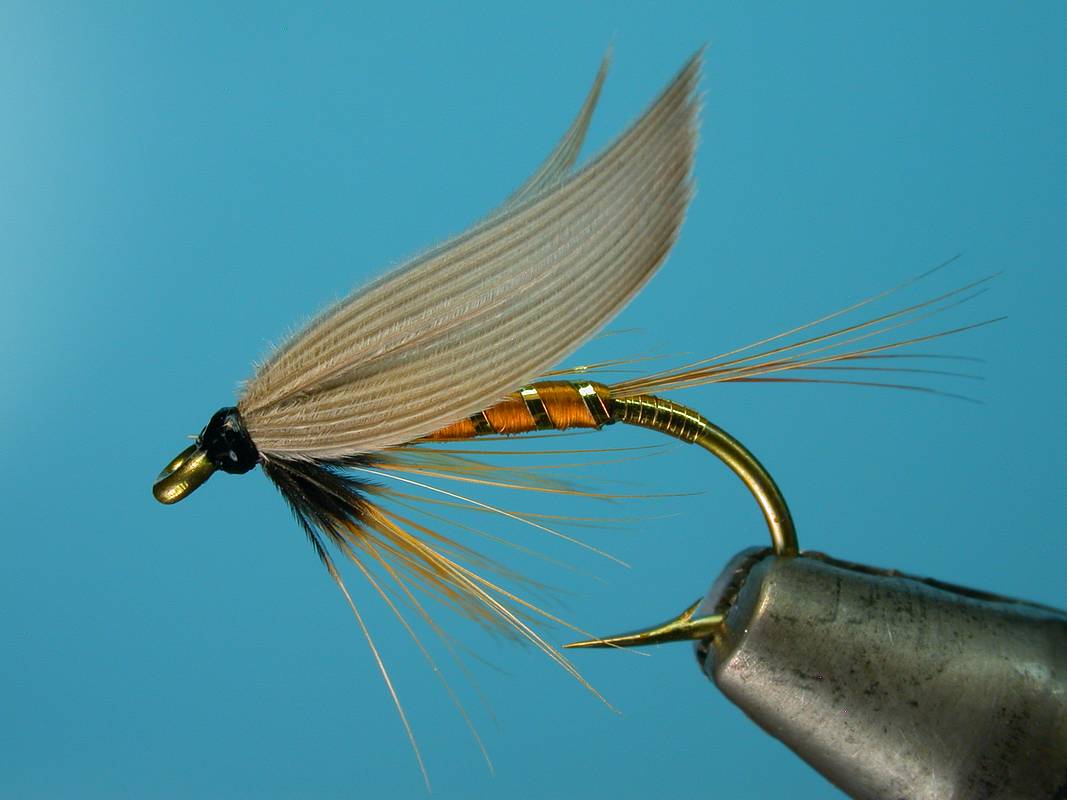What is a wet fly?
A wet fly is a style made to duplicate insects hatching and rising to the surface. They are also sometimes termed “emergent flies” since many patterns replicate insects emerging from the larval stage. Wet flies can also mimic downed insects following a major hatch, that is sinking after landing on the surface. They can also be tied to look like mature aquatic insects or even small forage bait fish.
Related Articles:
-
Wet Fly Fishing in Still Waters
-
Fly Fishing Tips: Dry Flies
-
How to Choose Your Flies For Wet-Fly Fishing
-
Other Fishing Articles
-
Successful Fishing with Dry Fly Tactics
Wet flies are fished under the surface of the water often on the bottom of a stream. Since the fly is under water it is termed a “wet” fly. Wet flies are almost always weighted so they will sink under the surface of the water. In contrast, dry flies are never weighted.
Wet flies for Western waters are generally sold in sizes #10 to #12. The larger hook allows them to sink more easily. Many pros prefer to use a larger #10 pattern early in the season when waters are high and often muddy. Later in the year they will shift to a smaller #12 wet fly when water levels are low and clear.
Popular Patterns
Popular patterns for California trouting include the Black Gnat, Brindle Bag, Coachman, Ginger Quill, Gray Muskrat, Hare’s Ear, Peacock, and Wooly Worm. You may recognize some of these names as common dry fly varieties. The wet fly versions are simply made on larger, usually heavier hooks with seven-fine lead wire around the hook shank and sometimes with less hackle material.
Wet flies are typically tied in much drabber colors than dry flies. Tan, brown, black, creme, and green make a good assortment of wet fly colors for your fly box.















